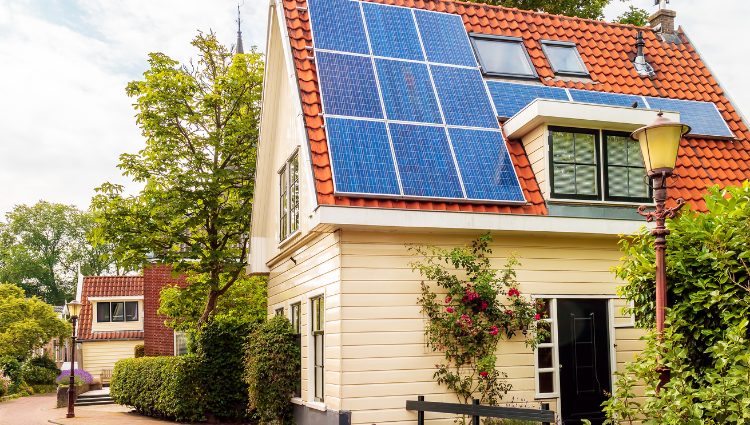The fight against climate change begins at home. In this guide, we’ll explore practical steps you can take to transform your home into an eco-friendly haven. By adopting sustainable habits and technologies, you can reduce your carbon footprint and enhance your home’s efficiency. Let’s embark on this green journey together.
Step 1: Energy Efficiency
The first step towards an eco-friendly home involves improving energy efficiency. Here’s how you can get started:
Invest in Energy-Efficient Appliances
Replacing old, energy-hogging appliances with energy-efficient models can drastically reduce your home’s energy consumption. Look for the Energy Star label when buying new appliances – it signifies that a product is energy efficient.
Optimize Insulation
A well-insulated home retains heat during the winter and keeps out heat during the summer, reducing your need for heating and cooling.
Use LED Lights
LED lights consume less energy and last longer than traditional incandescent bulbs. Changing your home’s lighting to LEDs is a simple yet effective way to enhance energy efficiency.
Step 2: Embrace Renewable Energy
Consider integrating renewable energy into your home’s power supply.
Solar Power
Installing solar panels is a great way to generate clean, renewable energy. While the upfront costs can be high, the long-term savings on your energy bills can make it a worthwhile investment.
Wind Energy
Depending on where you live, small wind turbines can also be an effective source of renewable energy.
Step 3: Water Conservation
Water conservation is another critical aspect of an eco-friendly home.
Install Water-Saving Fixtures
Low-flow showerheads and dual-flush toilets can significantly reduce your home’s water consumption.
Rainwater Harvesting
Collecting and using rainwater for watering plants or flushing toilets is another effective way to conserve water.
Step 4: Carbon Management at Home
Effective carbon management is essential in reducing your home’s carbon footprint. This involves strategies to minimize carbon emissions, from adjusting your daily habits to investing in carbon offset programs.
Minimize Waste
Reducing, reusing, and recycling can significantly cut down your waste output and carbon emissions. Composting organic waste can also help lower your carbon footprint.
Carbon Offsetting
For carbon emissions that can’t be eliminated, consider investing in carbon offset programs. These initiatives help compensate for your emissions by funding projects that reduce or remove greenhouse gas emissions elsewhere.
Step 5: Foster Sustainable Habits
Lastly, making your home eco-friendly involves cultivating sustainable habits.
Conscious Consumption
Be mindful of what you buy and where it comes from. Opt for products with less packaging, or choose companies that prioritize sustainability.
Sustainable Transport
Whenever possible, walk, bike, or use public transportation instead of driving. If you must drive, consider switching to an electric or hybrid vehicle.
By following these steps, you can significantly reduce your home’s environmental impact and contribute to the fight against climate change. Remember, every little step counts. With commitment and creativity, we can all make our homes more sustainable and help create a greener future. Let’s start today.


